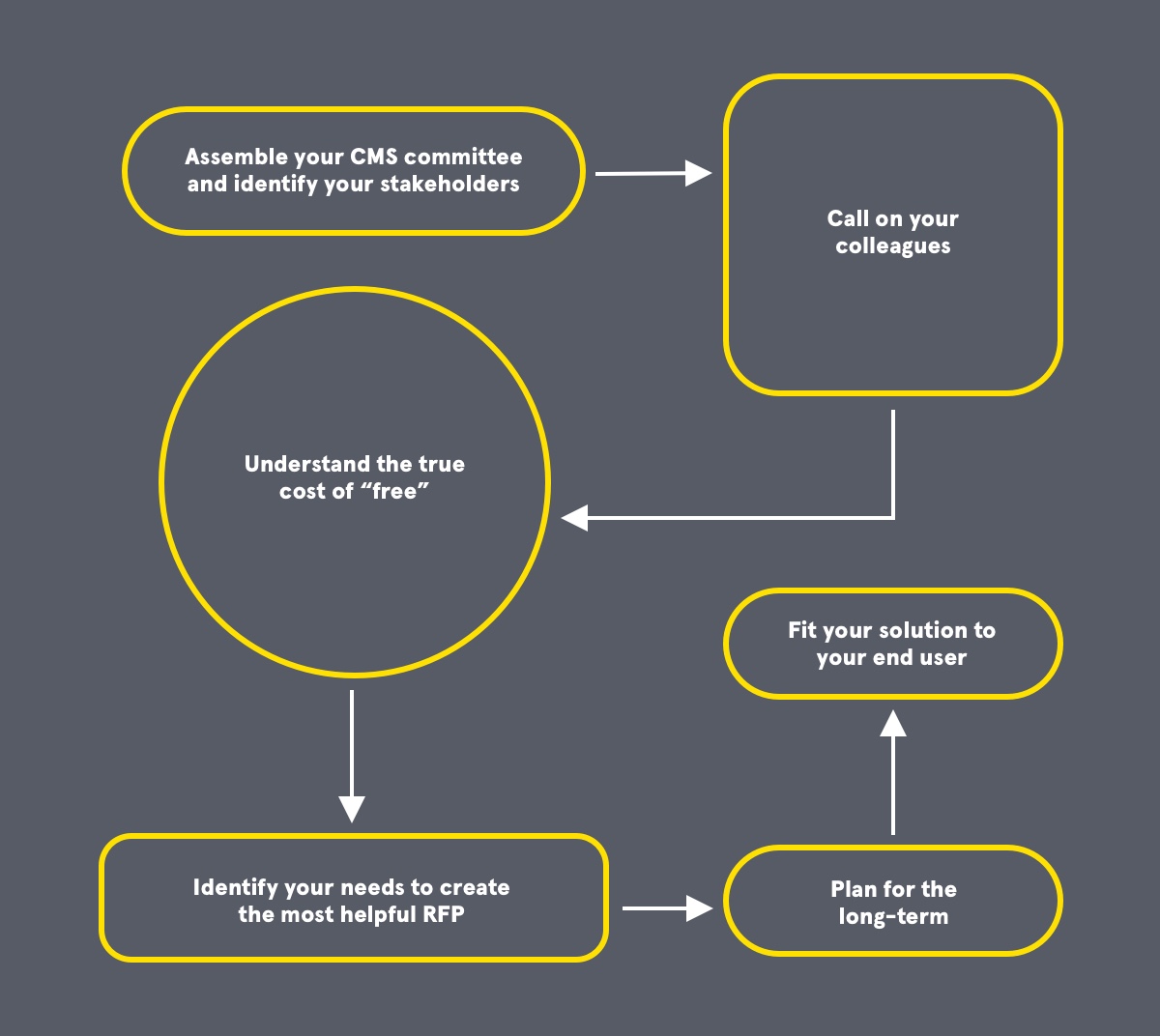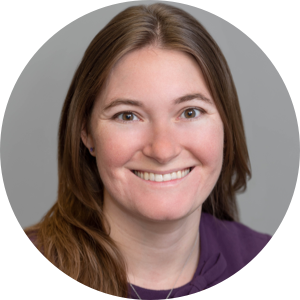You’ve received the green light to explore options for a new content management system (CMS). Now, where to start?
Thankfully, higher education marketers who have undergone this process before were happy to share their CMS wisdom. We spoke with four individuals who have gone through the CMS implementation process to get their advice.
Assemble the CMS Committee, Identify Stakeholders
Your first step in this process should be to identify your stakeholders, said Stephanie Geyer, director of digital strategy and innovation at the University of Montana. Which people will fall into this group depends on how website management is distributed across the institution.
“You need to look at the organization’s structure and pull in friends to shape the project and make sure everyone understands the objectives and what they are trying to solve,” Geyer said.
You will want to form a representative committee responsible for choosing a new CMS solution while assuring the committee size does not become unmanageable.
“In most cases, you don’t want 20 people on (the committee),” said Matt Herzberger, vice president of digital experience and analytics at VisionPoint Marketing, who previously worked in the Purdue University digital strategy office. According to Herzberger, you should tap your colleagues working at different levels of sites — from campus web leads to your end users who are going to use the CMS — to edit sites periodically. In addition, you should keep target audiences in mind.



